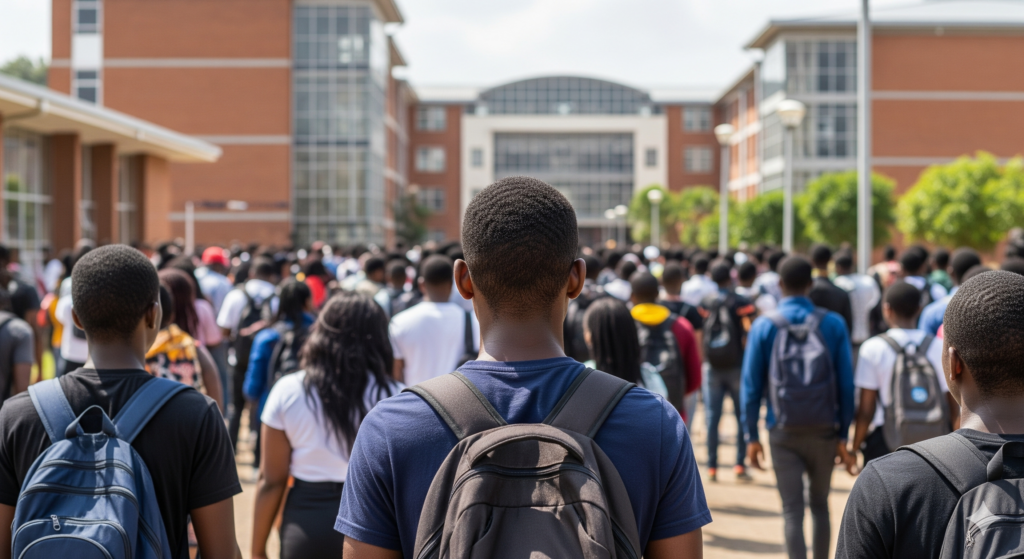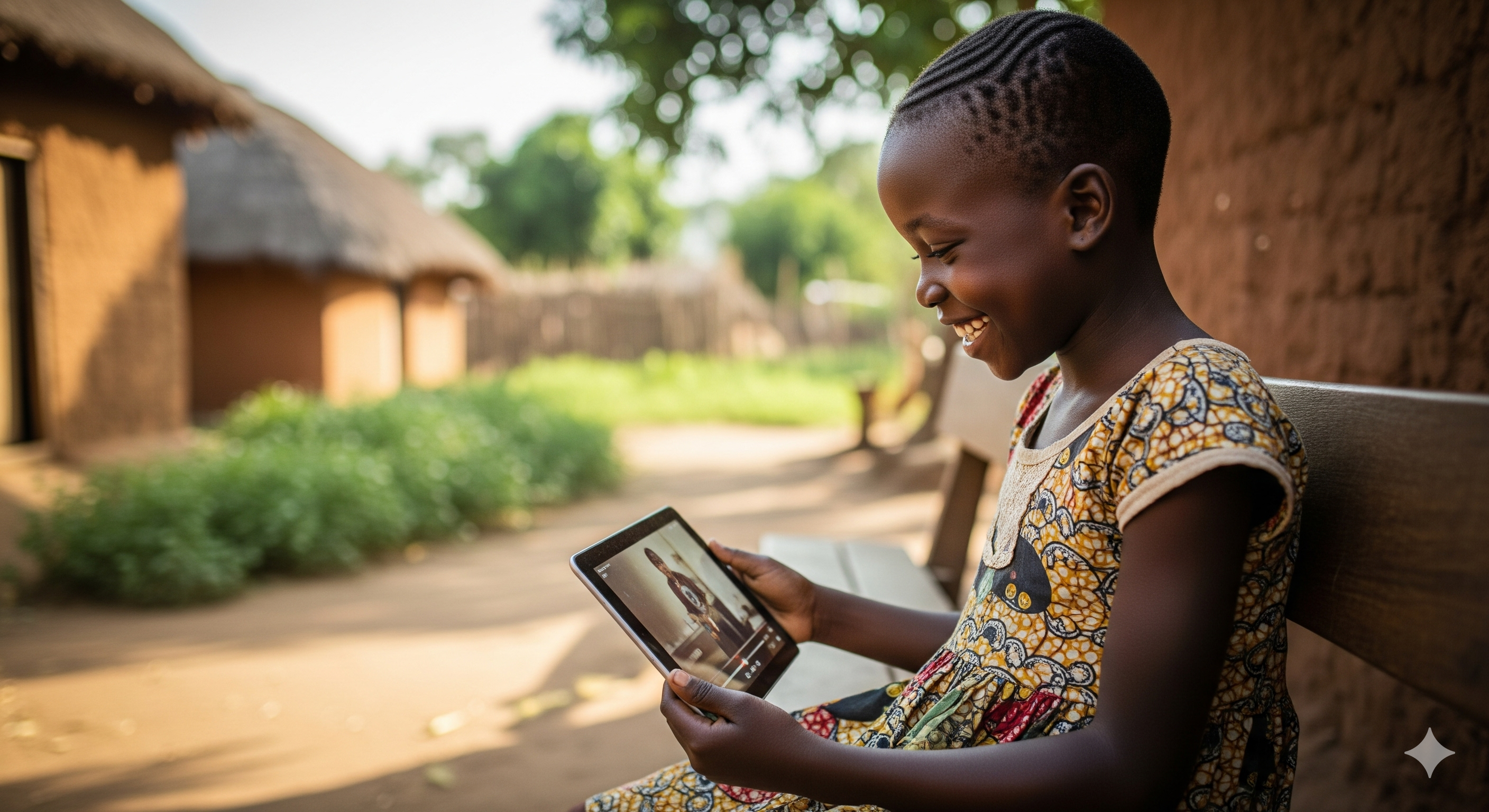Education technology (EdTech) is easy to build in theory. The real challenge is making it work in the hands of a student whose internet drops mid-lesson, or a working mum who is logging into university for the first time on a shared device. The test is not in creating EdTech tools but in making them work for the people who need them most.
When we started uLesson in 2019, we built a platform with high-quality video lessons, quizzes, and practice tests. Everything worked perfectly in our offices in Jos and then, Abuja. But that changed when we tried to get them into the hands of students in towns and villages where electricity was unreliable, data was expensive, and smartphones were often shared among siblings.
The same lessons appeared when we launched Miva Open University, an affordable, accessible university that delivers quality education with the same rigour as a physical campus. Creating the platform was one challenge; helping working adults adapt to digital learning for the first time was another. Some of our students had never studied without the structure of a physical classroom. Many were logging in from places where network connectivity was patchy at best.
These challenges sit against a larger backdrop: According to Quartz, only 1 in 4 students applying to university will get accepted. Not because they didn’t study hard enough, instead, in many cases, it is because there simply isn’t enough room for all of them.

What Successful EdTech Implementation Requires
From these experiences, I’ve learnt that successful EdTech implementation requires:
- Designing for context: Tools must work offline or in low-bandwidth environments.
- Investing in people: Teachers, facilitators, and students need training, support, and trust to use technology effectively.
- Patience in adoption: Communities don’t adopt new systems overnight. Value has to be proven, and trust earned, over time.
I remain convinced that EdTech will play a central role in the future of African learning. But for it to truly work, it must be built not just for ambition, but for reality. It has to be built for students walking kilometres to school, for families sharing a single device, and for communities learning to trust digital tools for the first time.
We’re still learning. We’ll keep improving. And with each iteration, we get closer to delivering not just access, but quality learning wherever a student lives.


